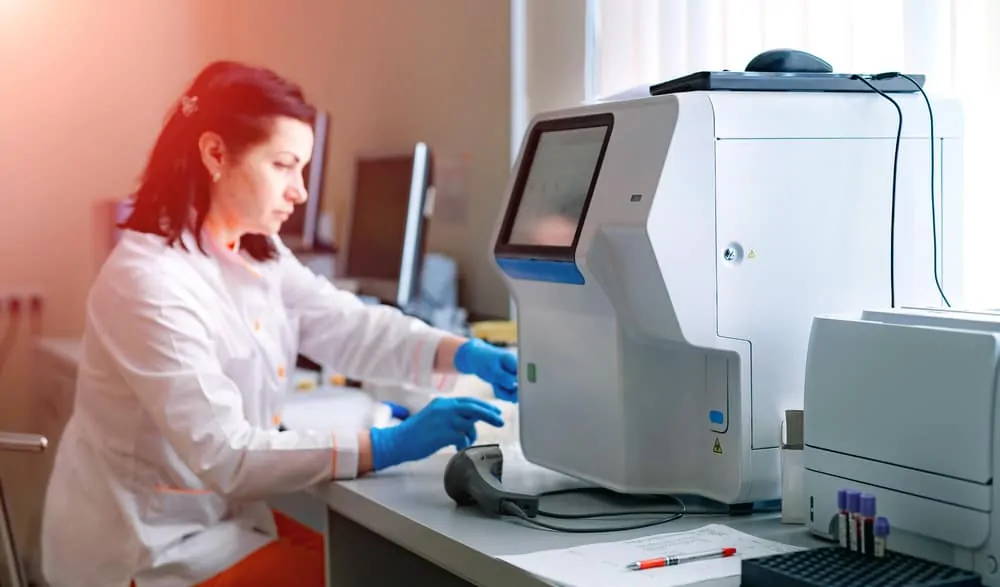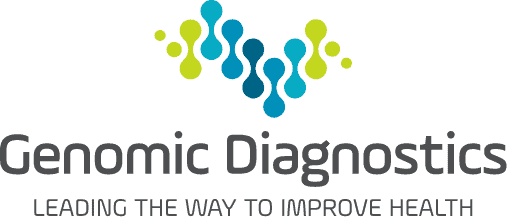Haematological Oncology
Haematological Oncology was one of the first specialties to routinely incorporate genetic testing for diagnostic, prognostic, and therapeutic purposes.
Genetic testing plays a pivotal role in most haematologic neoplasms. The utilisation of genetic tests can clarify or make the diagnosis of a specific haematological malignancy, provide information about eligibility for specific treatments or prognosis, as well as help to monitor and evaluate depth of treatment response. There are many actionable and clinically significant genetic variations in haematological malignancies, with testing performed on blood or bone marrow. Genetic testing in haematological malignancies spans the full range of genetic techniques, from karyotyping to advanced molecular methods such as massively parallel sequencing.

Resources
Leading the way to improved health
Our dedicated team are committed to ensuring the best quality
results in the shortest turnaround time.
results in the shortest turnaround time.



